USS MULLINNIX DD-944
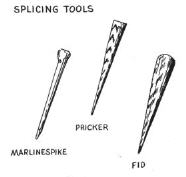 1980 Middle East
1980 Middle East 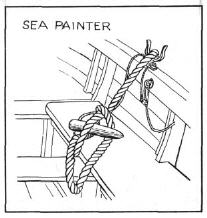
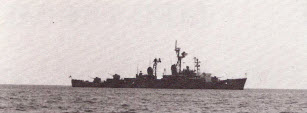
From 1980 Cruise Book
On 26 March, the USS Forrest Sherman and MULLINNIX (DD-944) left for the Middle East and duty patrolling the Arabian Gulf, the Indian Ocean, and the coast of North Africa. Ports of call included Roosevelt Roads, Rota Spain, Port Siad Egypt, Djibouti, Sitra, Bahrain, Crete, Naples Italy, and Goleta Italy. She returned to Charleston, SC sometime in August.
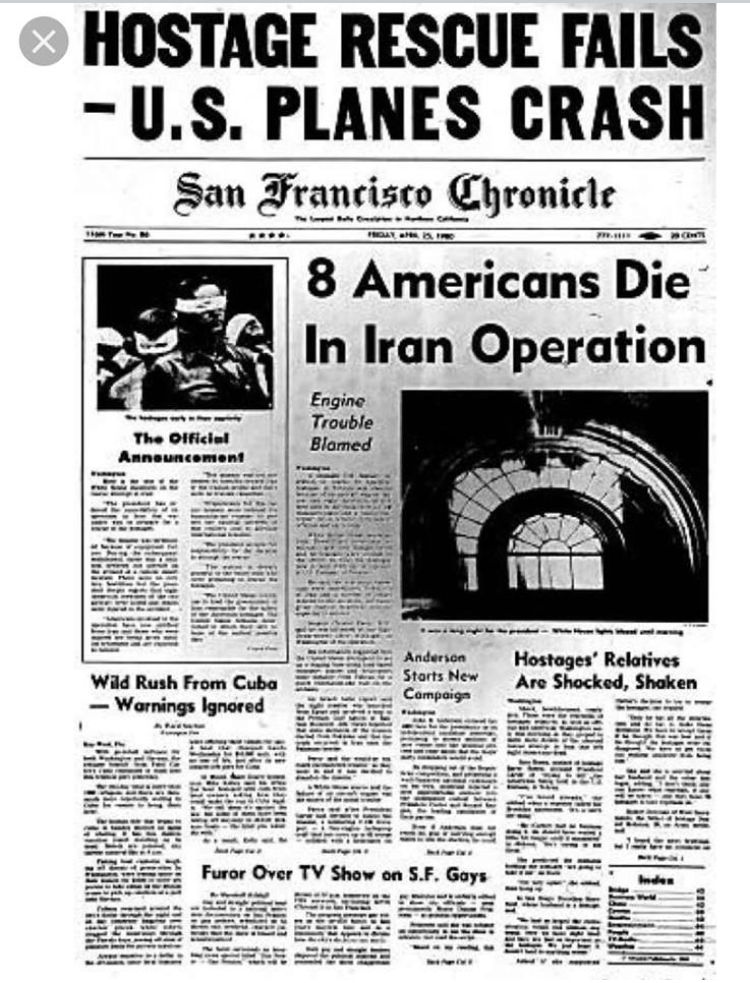
Operation Eagle Claw, 24 April 1980
Operation Eagle Claw was a operation ordered by U.S. President Jimmy Carter to attempt to rescue 52 embassy staff held captive at the Embassy of the United States, Tehran on 24 April 1980.
The operation, one of Delta Force's first, encountered many obstacles and failures and was subsequently aborted. Eight helicopters were sent to the first staging area called Desert One, but only five arrived in operational condition. One had encountered hydraulic problems, another was caught in a sand storm, and the third showed signs of a cracked rotor blade. During the operational planning, it was decided that the mission would be aborted if fewer than six helicopters remained operational, despite only four being absolutely necessary. In a move that is still discussed in military circles, the field commanders advised President Carter to abort the mission, which he did. Secretary of State Cyrus Vance, who had opposed the action, resigned after the mission’s failure.
As the U.S. forces prepared to withdraw from Desert One, one of the remaining helicopters crashed into a transport aircraft that contained both servicemen and jet fuel. The resulting fire destroyed both aircraft and killed eight servicemen.

A photo (to the right) of the "Desert One" landing site, a piece of desert in Iran used by U.S. forces as a refueling point in an attempt to rescue U.S. hostages in Iran. On 24 April 1980 a U.S. Navy Sikorsky RH-53D Sea Stallion (BuNo 158760, visible at right) collided with a U.S. Air Force Lockheed EC-130E Hercules (s/n 62-1809, wrecked in the foreground) during refueling after the mission was aborted. Both aircraft were destroyed, eight crewmen died. In the background is one of the five intact, but abandoned RH-53Ds. Original caption: "Wreckage at Desert One, Iran (April 1980) where eight Americans died."
In parallel to the rescue, an Army Ranger company would capture the abandoned Manzariyeh Air Base, about 60 miles southwest of Tehran, to allow two C-141 Starlifters flying from Saudi Arabia to arrive. With the Rangers holding the airport, the helicopters would bring everyone from the stadium to the Manzariyeh airbase, where the C-141s would fly everyone back to an airbase in Egypt. The eight helicopters would be destroyed before departure.
Protection and support
Protection for the operation was to be provided by Carrier Air Wing Eight (CVW-8) operating from Nimitz and CVW-14 operating from USS Coral Sea. For this operation, the aircraft bore special invasion stripe identification on their right wings. This was necessary to distinguish support aircraft from Iranian F-14 and F-4 aircraft purchased by Iran from the US in the time of the Shah. CVW-14 Marine F-4Ns were marked with a red (VMFA-323) or yellow (VMFA-531) stripe enclosed by two black stripes while CVW-14 attack aircraft (A-7s and A-6s) had an orange stripe enclosed by two black stripes.
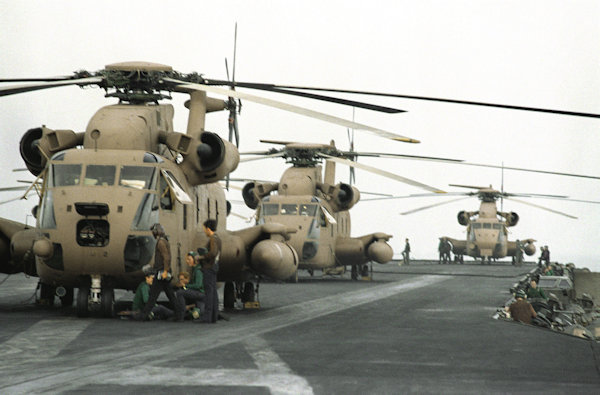
Collision and fire
Fuel consumption calculations showed that the extra 90 minutes idling on the ground waiting for the abort confirmation order had made fuel critical for one of the EC-130s. When it became clear that only six helicopters would arrive at Desert One, Kyle had authorized the EC-130s to transfer 1,000 US gallons (3,800 L) from the bladders to their own main fuel tanks, but Republic 4 had already expended all of its bladder fuel refueling three of the helicopters and had none to transfer. To make it to the air tanker refueling track without running out of fuel, it had to leave immediately and was already loaded with part of the Delta team. In addition, RH-53D Bluebeard 4 needed additional fuel, requiring it to be moved to the opposite side of the road.
To accomplish both actions, Bluebeard 3 piloted by Maj. James Schaefer had to be moved from directly behind the EC-130. The aircraft could not be moved by ground taxi and had to be moved by hover taxi (flying a short distance at low speed and altitude). A Combat Controller attempted to direct the manoeuvre from in front of the aircraft but was blasted by desert sand churned up by the rotor. The Controller attempted to back away, which led Bluebeard 3's pilot to mistakenly perceive that his craft was drifting backward (engulfed in a dust cloud, the pilot only had the Controller as a point of reference) and thus attempted to "correct" this situation by applying forward stick to maintain the same distance from the rearward moving marshaller. The RH-53D struck the EC-130's vertical stabilizer with its main rotor and crashed into the EC-130's wing root.
In the ensuing explosion and fire, eight servicemen died: five of the fourteen USAF aircrew in the EC-130, and three of the five USMC aircrew in the RH-53D, with only the helicopter's pilot and co-pilot (both badly burned) surviving. After the crash, it was decided to abandon the helicopters and during the frantic evacuation to the EC-130s by the helicopter crews, unsuccessful attempts were made to retrieve their classified mission documents and destroy the aircraft. The helicopter crews boarded the EC-130s. Five RH-53D aircraft were left behind at Desert One mostly intact, some damaged by shrapnel. They could not be destroyed, because they were loaded with ammunition and any fire or explosion would have endangered the C-130s.
The EC-130s carried the remaining forces back to the intermediate airfield at Masirah Island, where two C-141 medical evacuation aircraft from the staging base at Wadi Abu Shihat, Egypt picked up the injured personnel, helicopter crews, Rangers and Delta Force members, and returned to Wadi Kena. The injured were then transported to Landstuhl Army Regional Medical Center in Germany. The following day, after learning about the events at Desert One from the local Iranian news, the Tehran CIA team quietly left Iran, with the Iranians unaware of their presence.
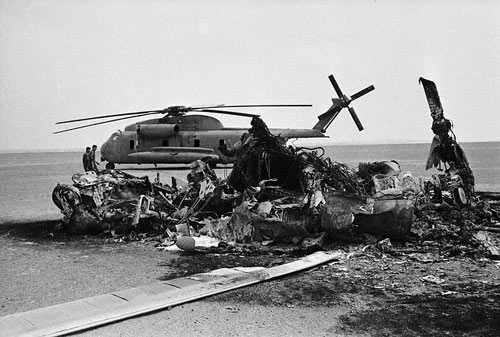
Aftermath
Wreckage of one of the destroyed Bluebeard helicopters with an abandoned RH-53D behind
The White House announced the failed rescue operation at 01:00 a.m. the following day (25 April 1980). Iranian Army investigators found nine bodies (eight Americans and one Iranian civilian). The American bodies were later returned to the United States and buried at various locations across the country. The 44 Iranian civilians captured on the bus were released and subsequently gave eyewitness accounts of the operation.
Casualties
The eight servicemen who died included three Marines (Sgt. John D. Harvey, of Roanoke, Virginia; Cpl. George N. Holmes Jr., of Pine Bluff, Arkansas; Staff Sgt. Dewey Johnson, of Dublin, Georgia) and five Air Force personnel (Maj. Richard L. Bakke, of Long Beach, California; Maj. Harold L. Lewis Jr., of Fort Walton Beach, Florida; Tech. Sgt. Joel C. Mayo, of Harrisville, Michigan; Capt. Lyn D. McIntosh, of Valdosta, Georgia; Capt. Charles T. McMillan of Corryton, Tennessee). On 25 April 1980, Major General Robert M. Bond read a message from President Jimmy Carter at a memorial service commemorating them in Niceville, Florida. A memorial honoring them was erected in the Arlington National Cemetery and Carter attended a memorial service there with the families on 9 May. Three of the servicemen who died – Maj. Richard Bakke, Maj. Harold Lewis Jr., and Sgt. Joel Mayo – were buried in the Arlington National Cemetery in a grave marked by a common headstone, located about 25 feet from the group memorial. In addition, five servicemen were injured, including USMC Majors Jim Schaefer, pilot, and Les Petty, co-pilot.
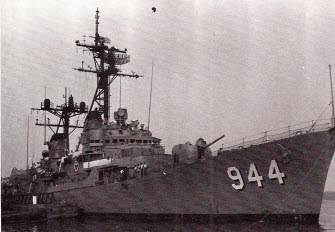
After the termination of the operation and the abandonment of equipment by the infiltration team, the Iranians became aware of the landings as well as the subsequent accident and firefight. Mohammad Montazer al-Qaim, Commander of the Yazd Iranian Revolutionary Guards Corps (IRGC) went to the scene to investigate reports from locals. At the same time, without knowing of the investigation activities of the IRGC, the Iranian Air Force conducted two observation flights over the incident area. During the first flight, two F-14s flew over the abandoned US equipment and the flight requested permission to fire on the equipment. This was refused by the Iranian command. The next day, Iranian Air Force F-4 fighter jets patrolling the area thought that the American helicopters were about to fly and they fired at the remaining American equipment, killing Mohammad Montazer al-Qaim.



USS Mullinnix - Actual Date Unknown
Stars & Stripes, 31 May 1980 (PDF)
Iranian Plane Buzzes Mullinnix
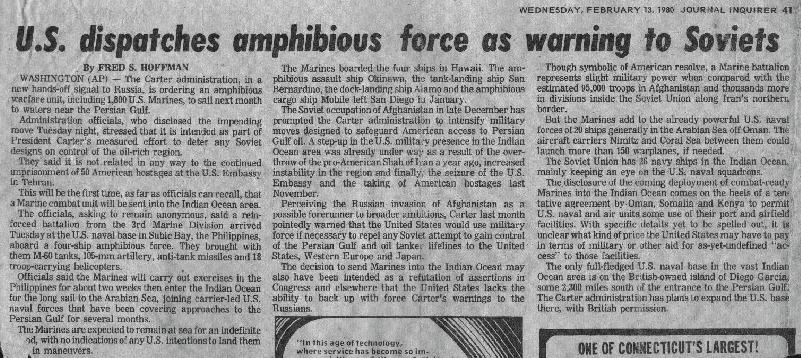

USS Mullinnix Landing Party - Middle East 1980
For the Iranian Hostage Crisis...One of Many for 'Operation Eagle Claw'
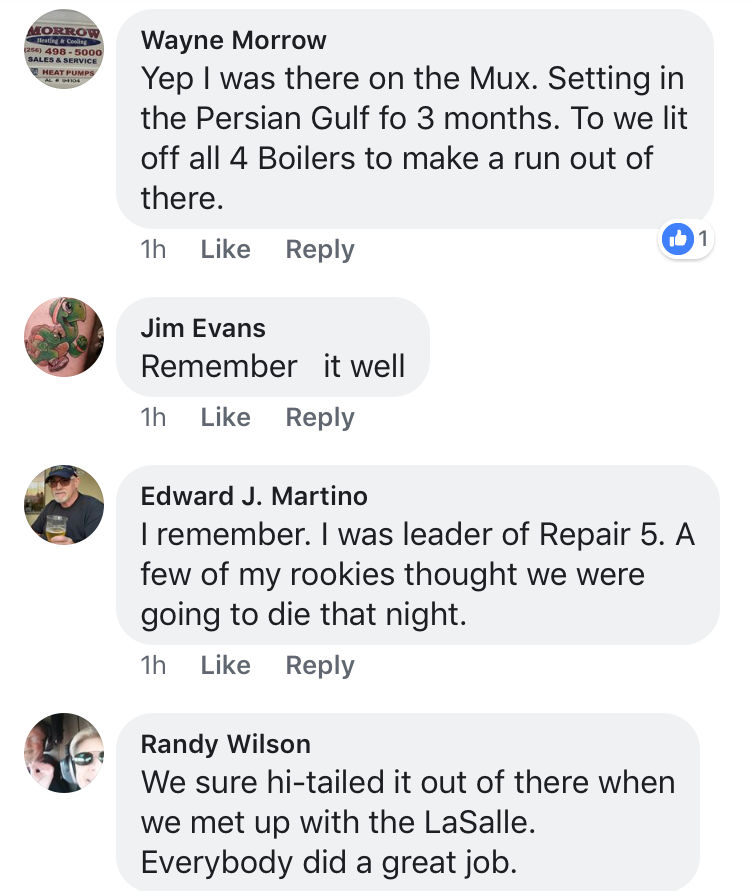
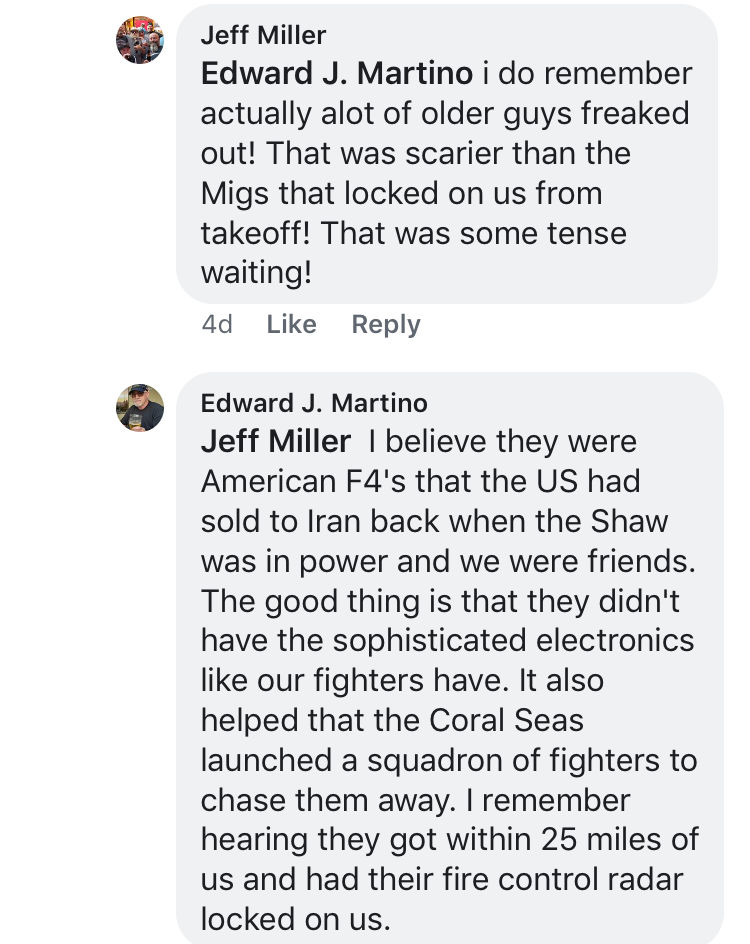
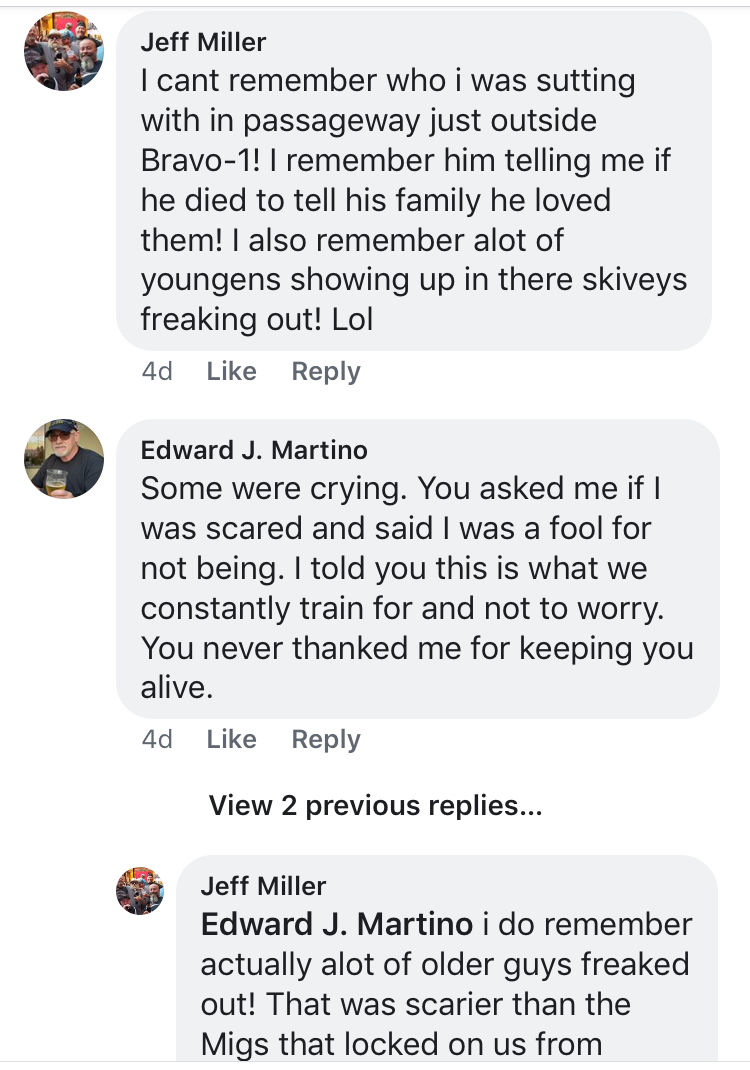
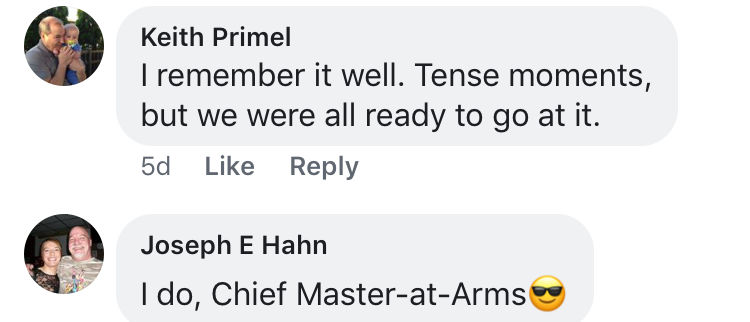
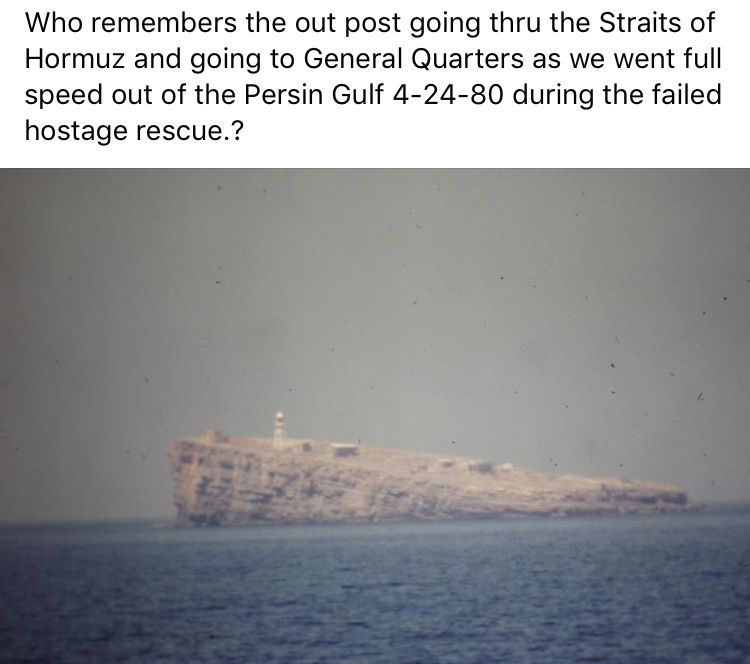
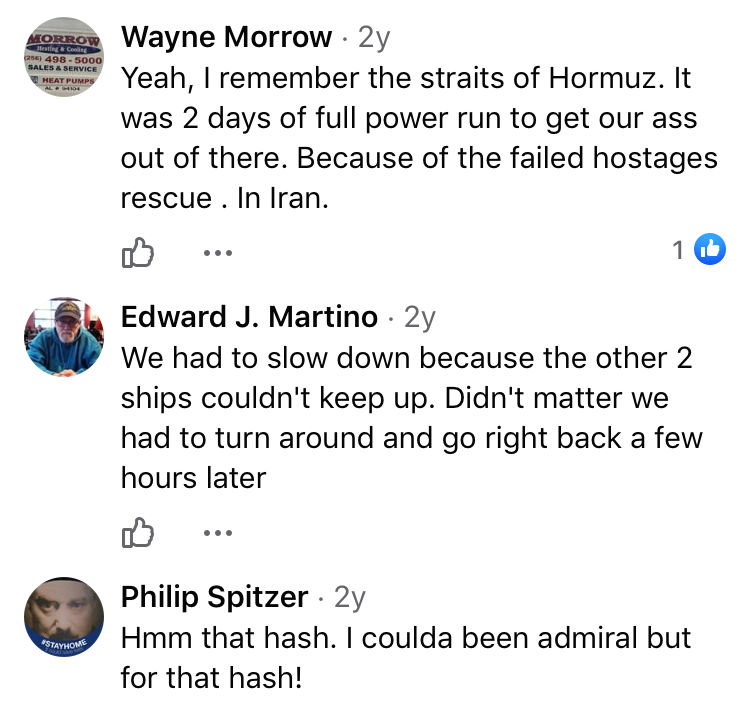
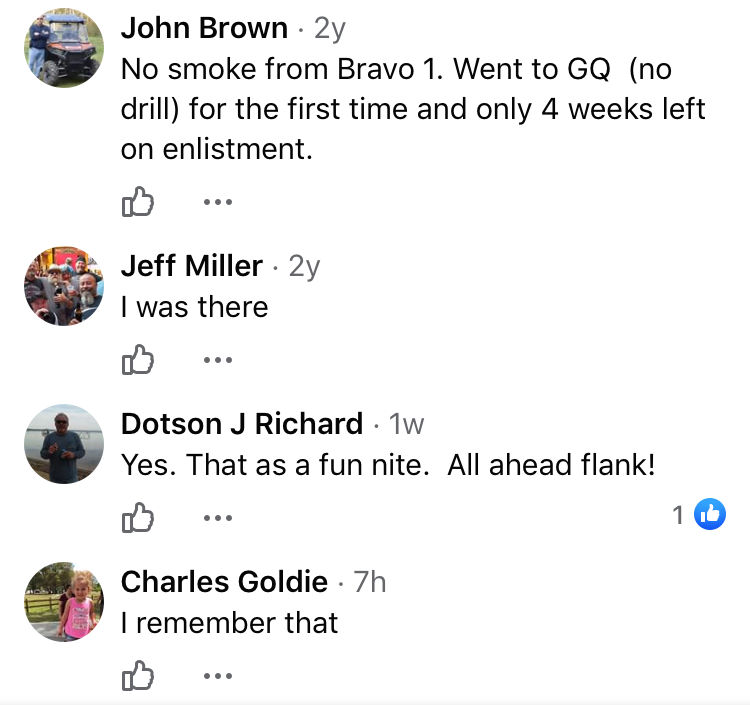
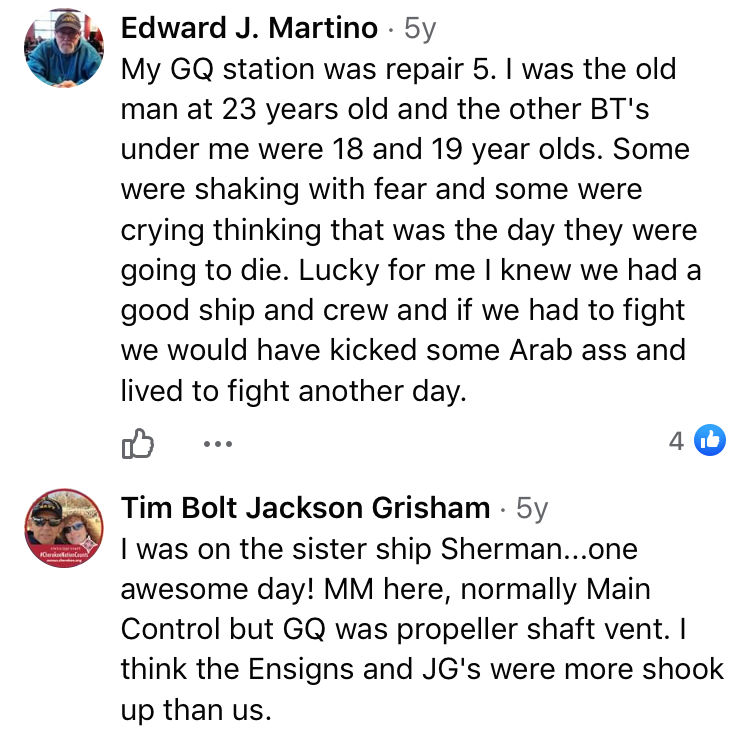
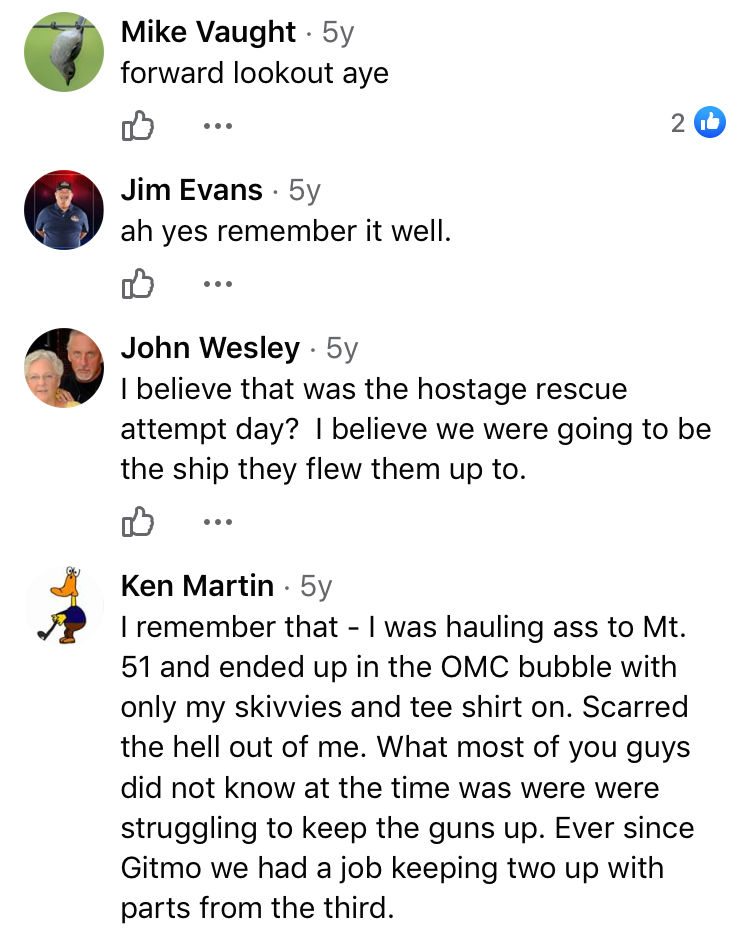
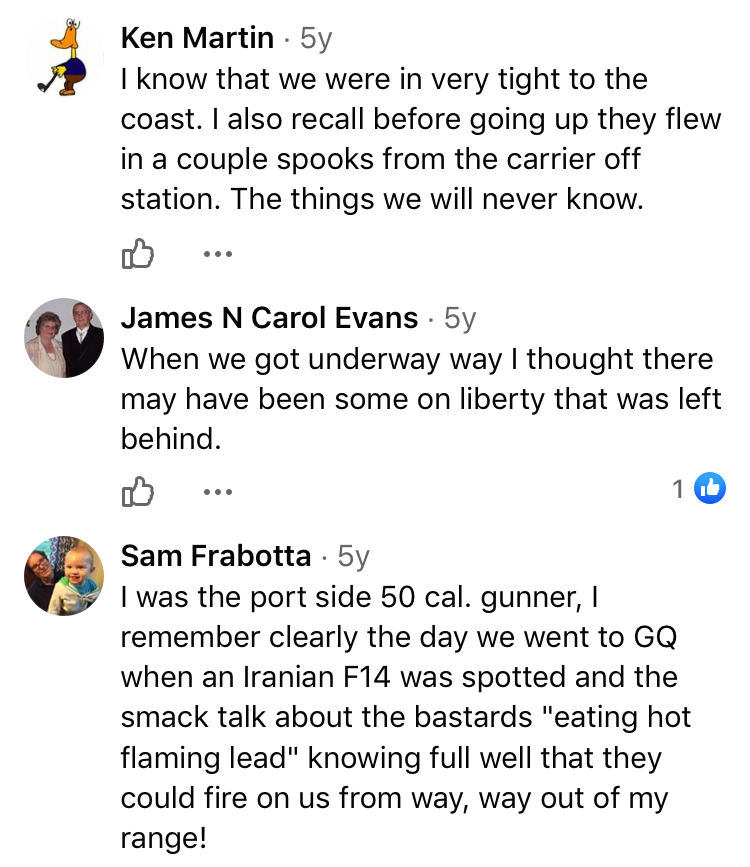

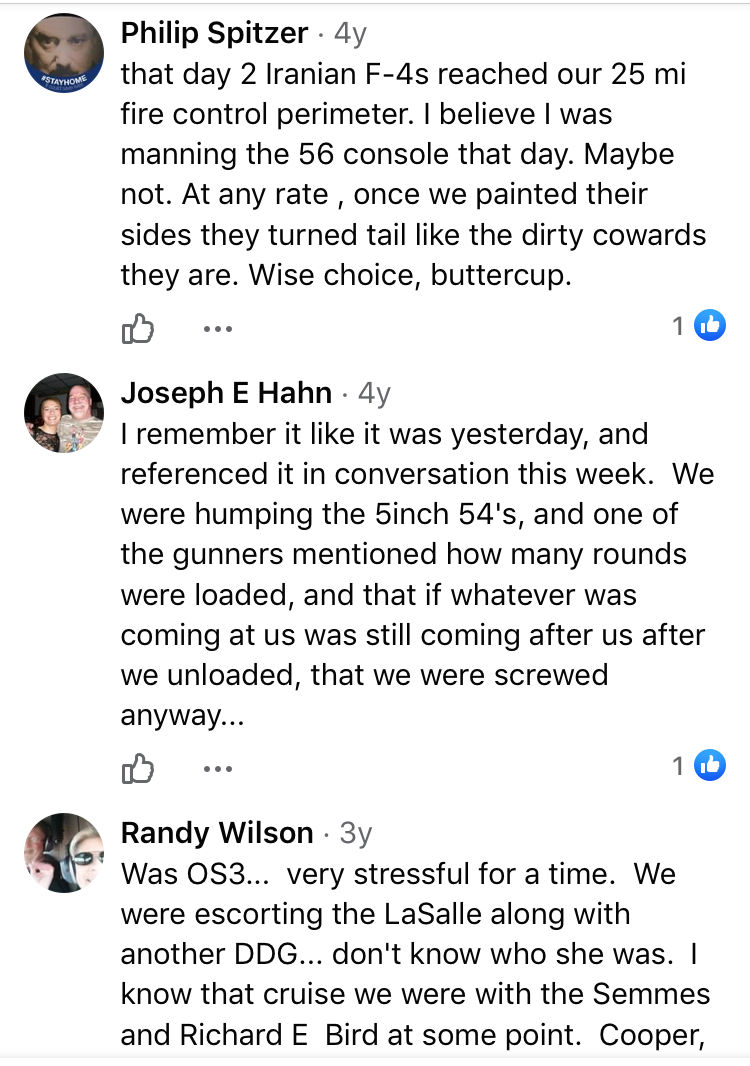
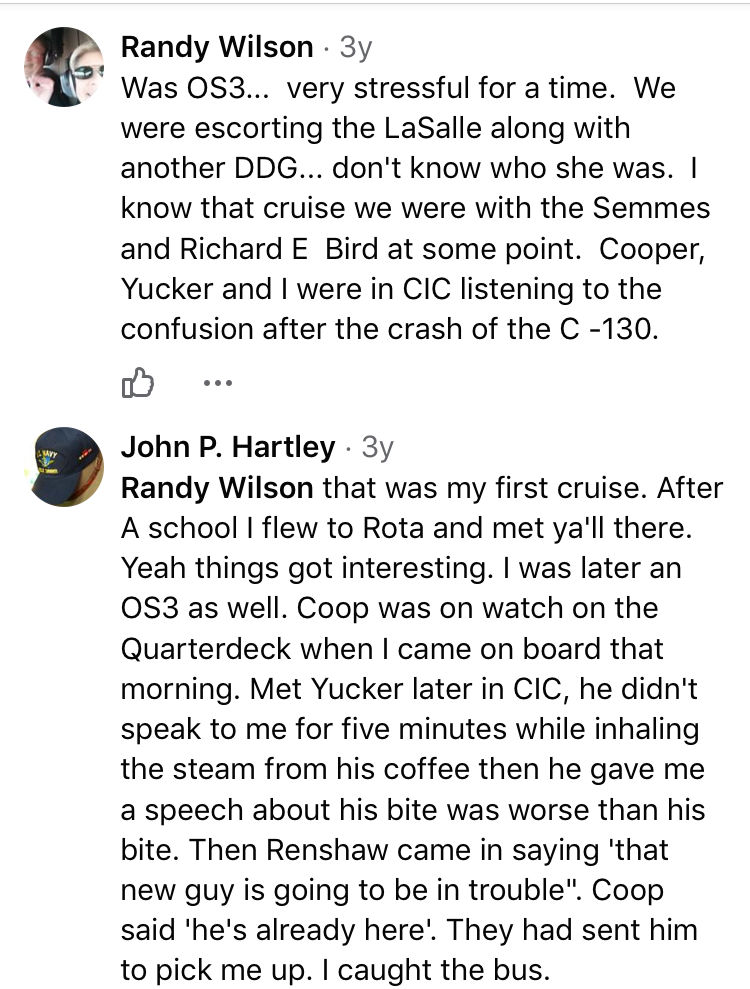
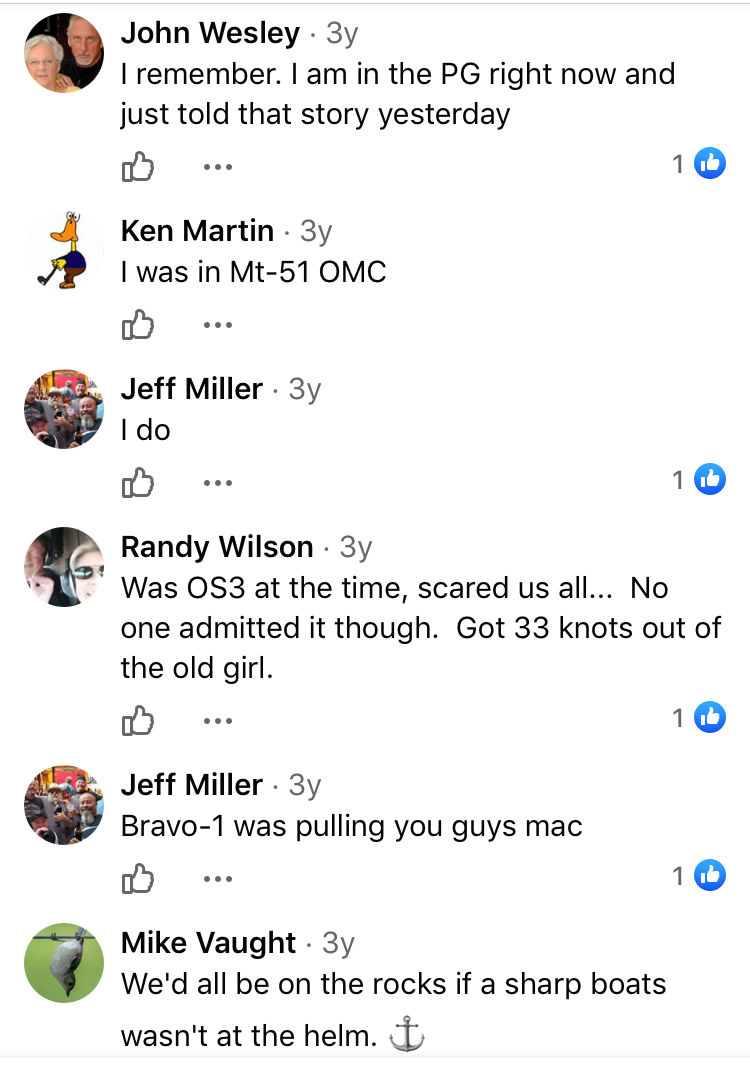
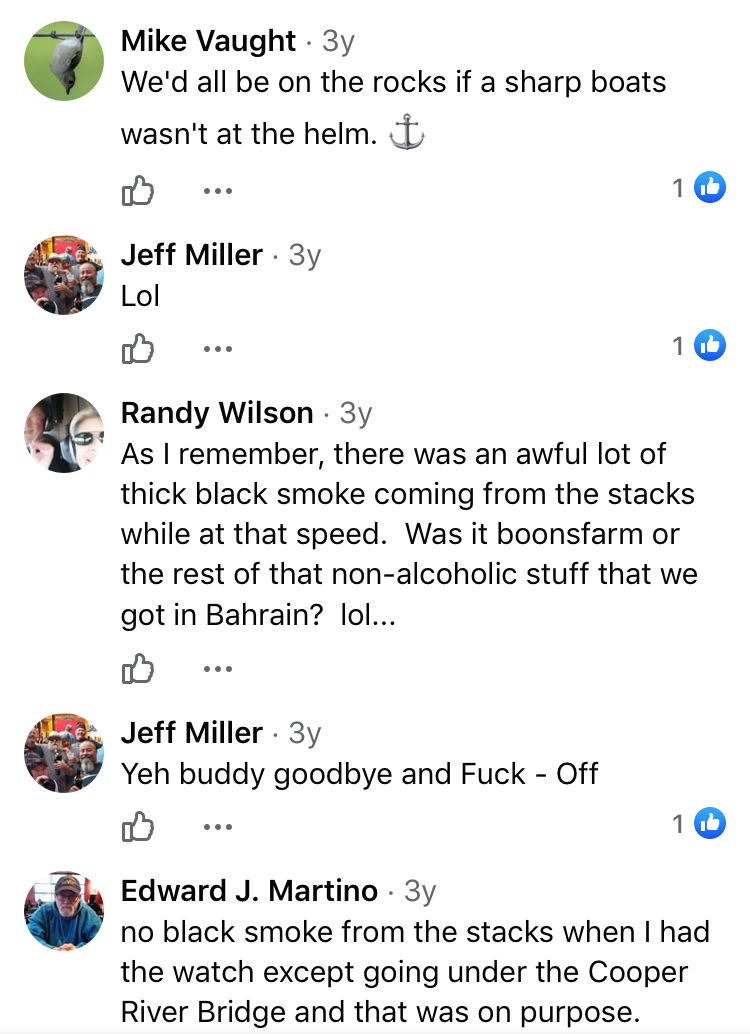
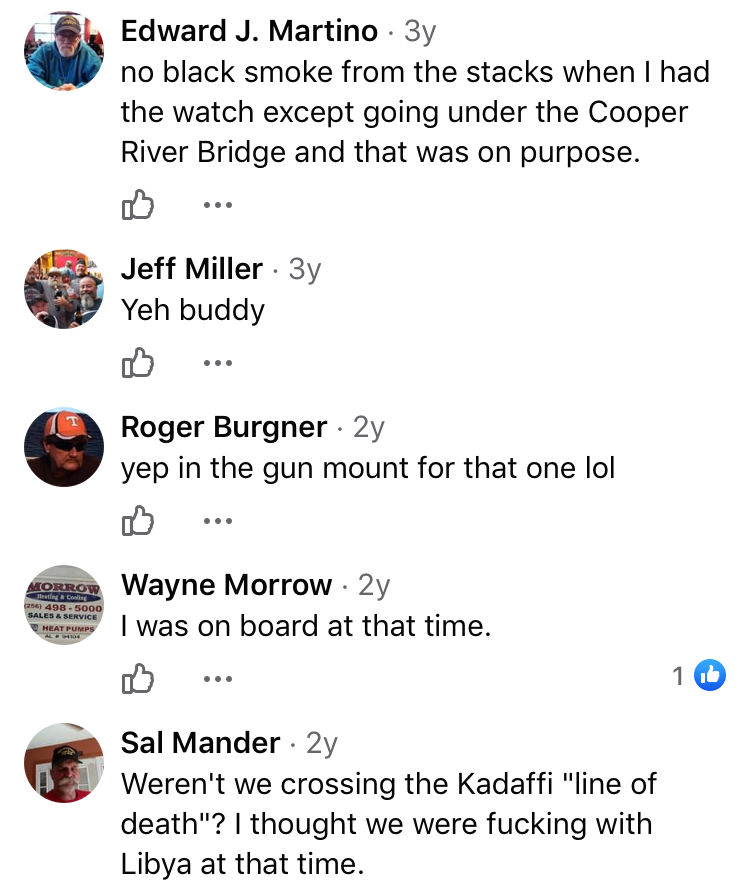
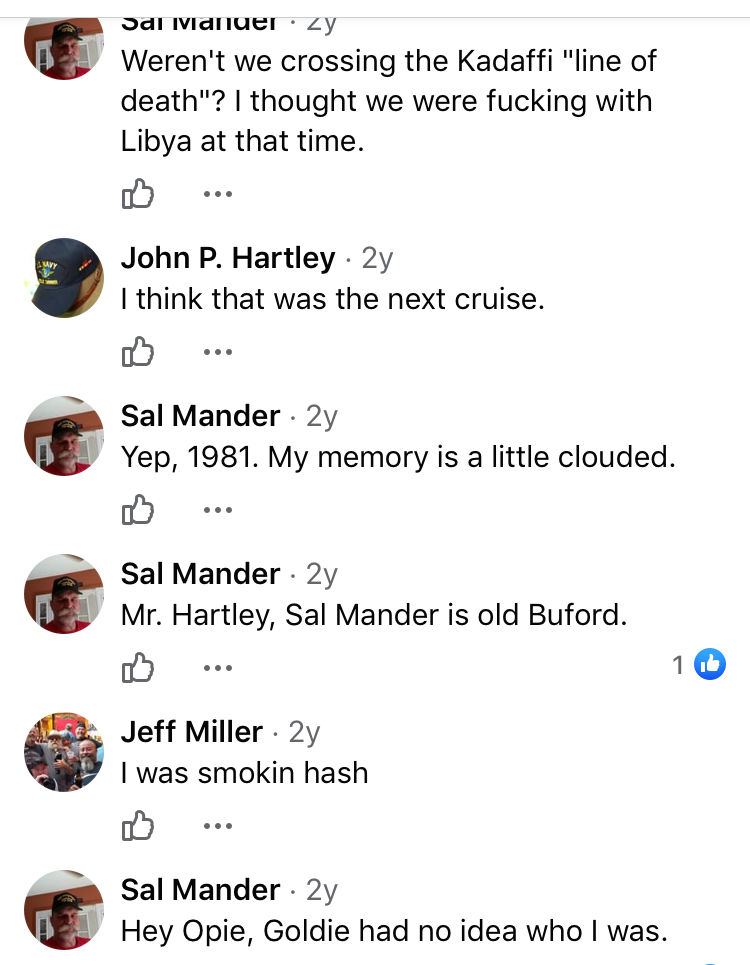
Commander William F. Foster, Jr, Commodore of USS Constitution served on the Mullinnix as Anti-Submarine officer in the early 80s.
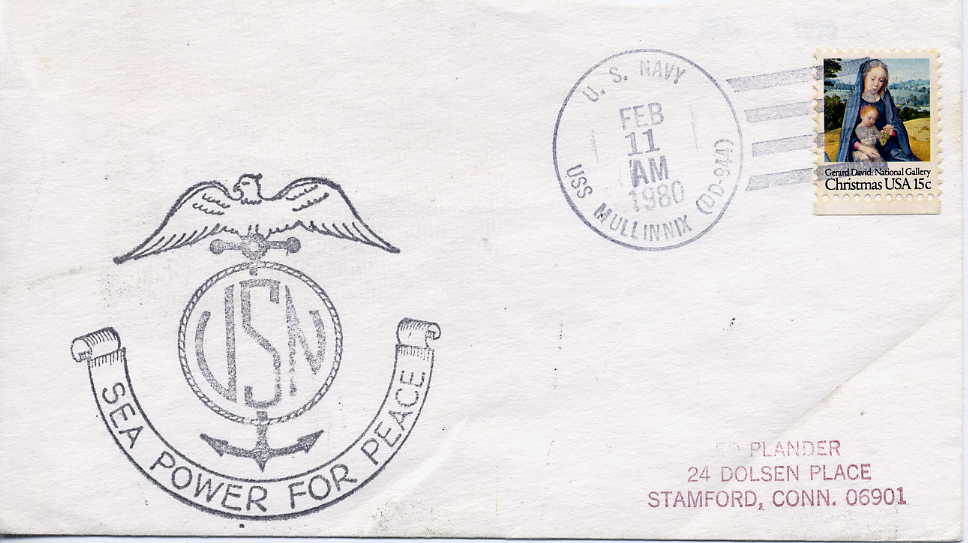
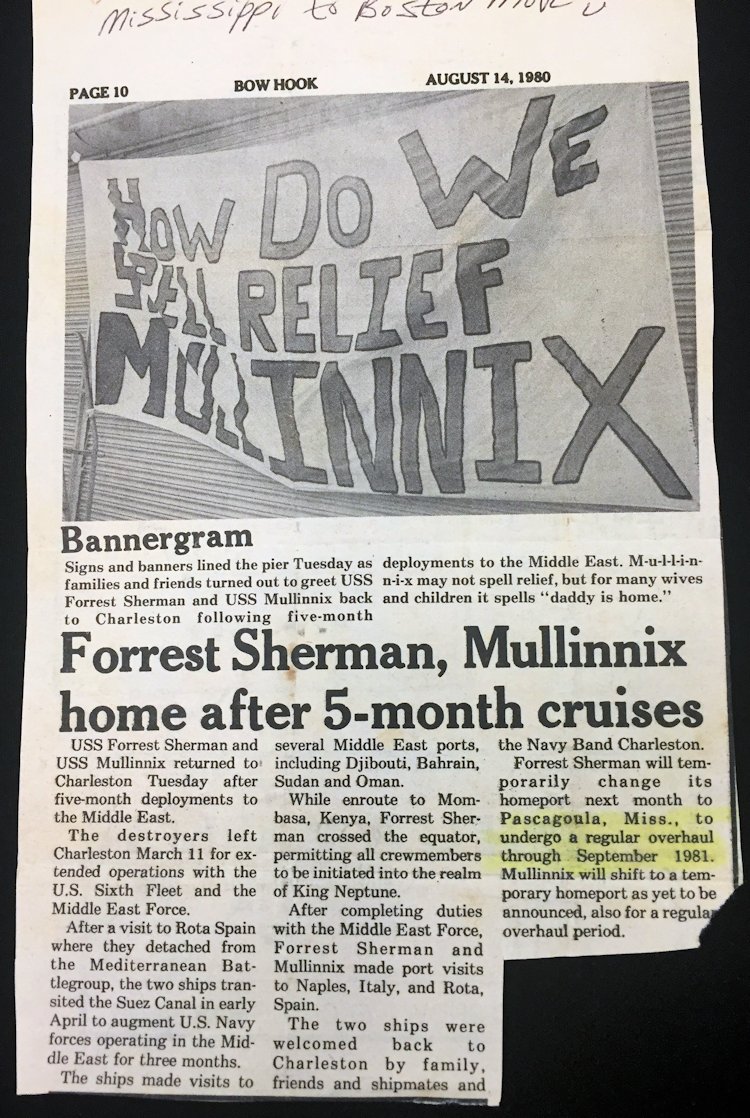
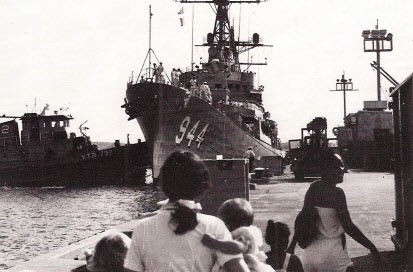

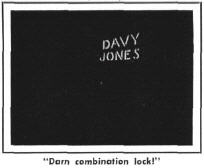
Back to Ship History
Home
© 2004 by Frank Wood, All rights reserved
 1980 Middle East
1980 Middle East 
 1980 Middle East
1980 Middle East 






























